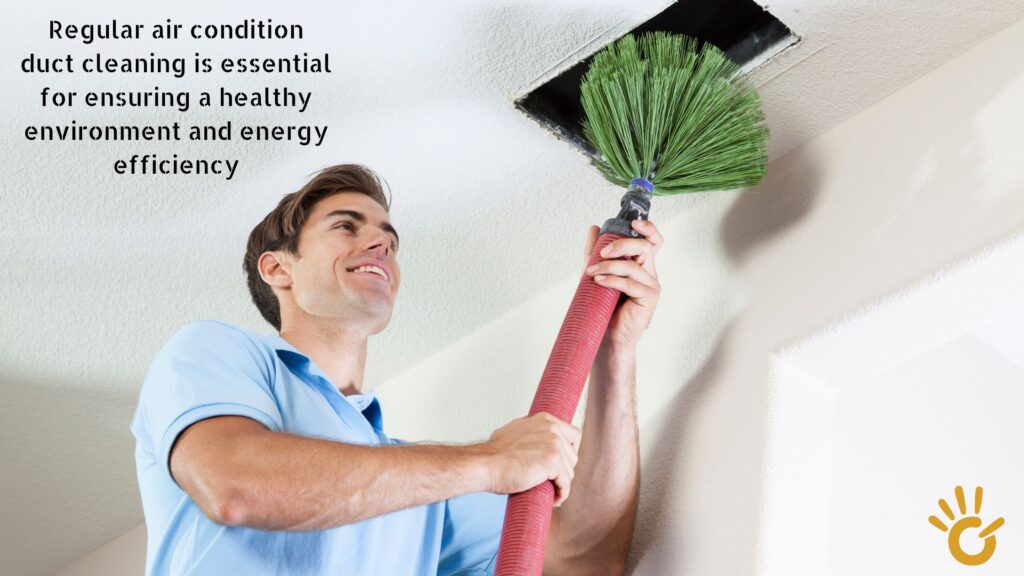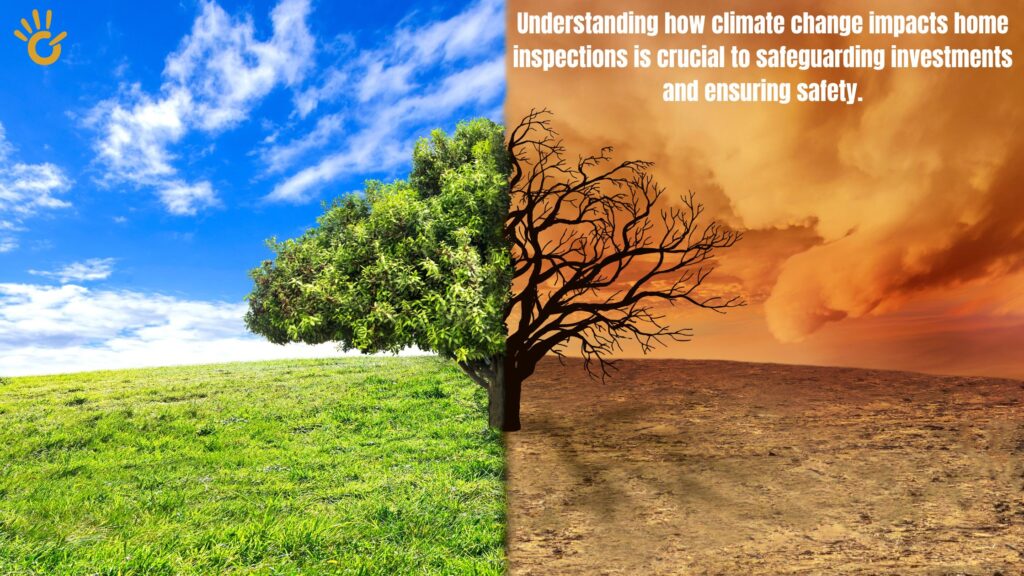Proactive Rainy Weather Maintenance: Essential- Rainy weather can be challenging for property owners and facility managers. Heavy rains, high humidity, and stormwater runoff can lead to water damage, mold growth, and structural issues if preventive measures are not in place. A well-maintained property is better equipped to handle the challenges that come with the rainy season. This guide provides essential inspection and maintenance tips to keep your property safe and functional during wet weather.
Proactive Rainy Weather Maintenance: Essential
1. Inspect Roofing and Gutters
Your roof and gutters are your first line of defense against rain. Check the roof for missing shingles, cracks, or other damage that could allow water to seep in. Ensure that gutters and downspouts are free of debris and securely attached. Clogged gutters can cause water to overflow, leading to roof leaks or foundation damage. Regularly cleaning and inspecting these components can prevent costly repairs.
2. Seal Windows and Doors
Rainwater often finds its way into properties through poorly sealed windows and doors. Inspect the seals and weatherstripping around all openings. Replace any damaged or worn-out materials, and apply caulk to close gaps. Proper sealing prevents water intrusion, improves energy efficiency, and keeps indoor spaces comfortable.
3. Check Foundation and Drainage
Water pooling around the foundation can weaken the structure over time. Inspect the foundation for cracks or signs of water seepage. Ensure that the ground slopes away from the building to prevent water accumulation. Install or maintain French drains, sump pumps, or other drainage systems to divert water away from the property.
4. Maintain HVAC Systems
Moisture from rainy weather can affect your HVAC system’s performance. Clean and inspect the system to ensure proper drainage and functionality. Check for clogged filters or drain lines that may lead to water backups. Regular maintenance not only protects the system from damage but also ensures optimal indoor air quality.
5. Inspect Plumbing for Leaks
Rainy weather can exacerbate existing plumbing issues. Check all pipes, faucets, and fixtures for leaks or signs of corrosion. Addressing small leaks promptly prevents them from worsening during the season. Pay special attention to outdoor pipes and ensure they are insulated to prevent damage from temperature fluctuations.
6. Reinforce Outdoor Areas
Patios, walkways, and driveways are often overlooked during rainy season preparations. Inspect these areas for cracks, uneven surfaces, or water pooling. Repair any damage to prevent accidents and water-related deterioration. Use water-resistant sealants to protect outdoor surfaces from heavy rains.
7. Trim Overhanging Branches
Overhanging branches can pose a risk during storms by damaging the roof, windows, or other parts of the property. Trim any branches that are too close to the building to minimize the risk of damage from falling debris. This also reduces the chances of leaves clogging gutters and drains.
8. Prepare Emergency Flood Barriers
If your property is located in a flood-prone area, having emergency flood barriers can be a lifesaver. Sandbags, portable flood gates, or other protective measures can help prevent water from entering the building during heavy rains. Keep these tools readily available and test them periodically for effectiveness.
9. Monitor Indoor Humidity
Rainy weather often brings increased indoor humidity, which can lead to mold growth and other issues. Use dehumidifiers to maintain indoor humidity levels between 30-50%. Check for signs of mold in areas like basements, attics, and behind furniture. Promptly address any issues to protect both the property and its occupants.
10. Schedule a Professional Inspection
While regular DIY inspections are helpful, hiring a professional to assess your property before and during the rainy season can uncover hidden vulnerabilities. Professionals can identify and address issues that may go unnoticed, ensuring comprehensive protection.
Conclusion-Proactive Rainy Weather Maintenance: Essential
Proactive inspection and maintenance are crucial for navigating rainy weather successfully. By taking these preventive measures, you can protect your property from water damage, ensure the safety of occupants, and avoid costly repairs. Regular upkeep is not just about surviving the rainy season—it’s about ensuring long-term durability and functionality for your property.




Pingback: Property Value in Dubai Rain Maintenance Can Enhance 3
Pingback: Sustainable Rainwater Harvesting Solutions in Dubai 2